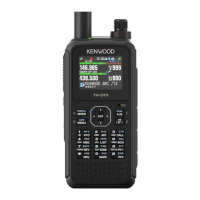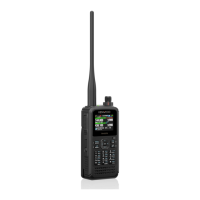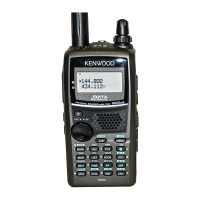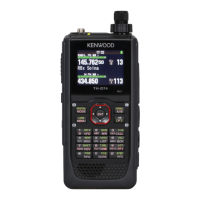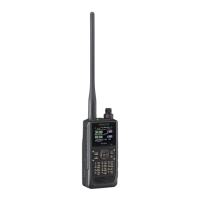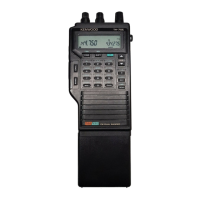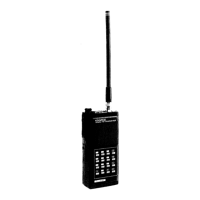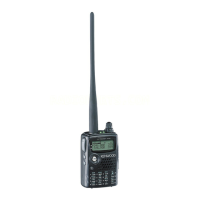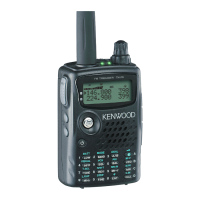Why is my Kenwood TH-D75A Transceiver unable to transmit?
- TtroyaguirreAug 28, 2025
If your Kenwood Transceiver is unable to transmit, check if TX Inhibit is activated and, if so, set it to OFF. Also, ensure the transmission frequency is within the allowed range; if not, change it to a valid frequency.
